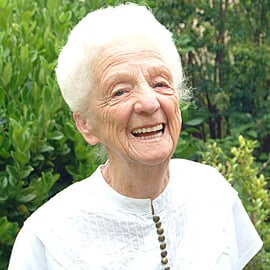In May we predicted that large corporations would come to dominate the future of the retirement village sector. We should have added the aged care sector as well.
The drivers we believe are the need for capital to both redevelop old stock and build new retirement villages. Capital will only come from wholesale funds – not banks who want fast turnover and liquid assets. And customers will be increasingly sophisticated and complex, demanding new and better value propositions.
The same can be said for aged care. And small operators will not be able to attract either on scale – funding and customers.
Last week we reported on Australian Unity (a mutual Not For Profit) paying $114 million to buy the NSW government’s home care business with 4,000 staff, 50,000 customers and 70% market share.
This week RSL Care and RDNS (both Not for Profits) merge to create 6,000 staff workforce who will deliver integrated care across community care, home care, aged care and retirement villages. They are also planning new local hospital support services.
In aged care there is talk of Estia and Allity joining imminently as well – creating a group of about 120 care facilities, leap frogging Bupa at 70 facilities (another mutual).
RSL Care specifically mentioned telehealth in its future – where bricks and mortar and state boundaries are no longer hurdles. Telstra Health now employs medical specialists including cardiologists, geriatricians, ophthalmologists and psychogeriatricians to name a few. It will be a different world.
Between now and Christmas there are at least three significant additional consolidation moves that will take place in the retirement village and aged care sectors.
We said five years for corporatisation to be complete. It could be sooner.
Corporatisation of retirement villages and aged care – it’s real
November 03, 2015






